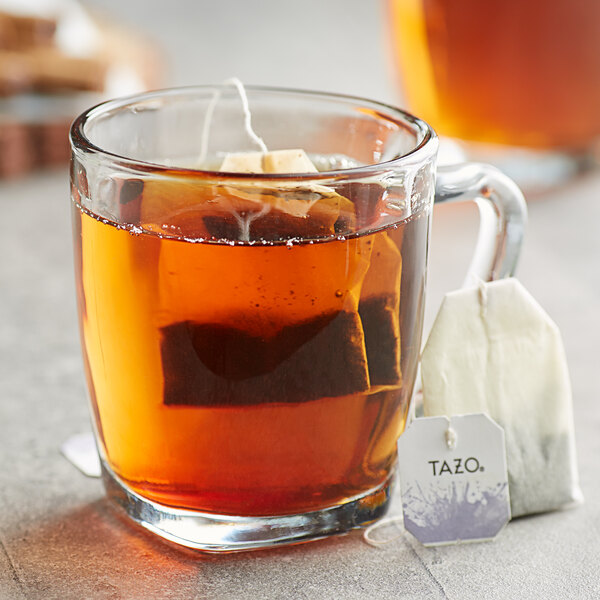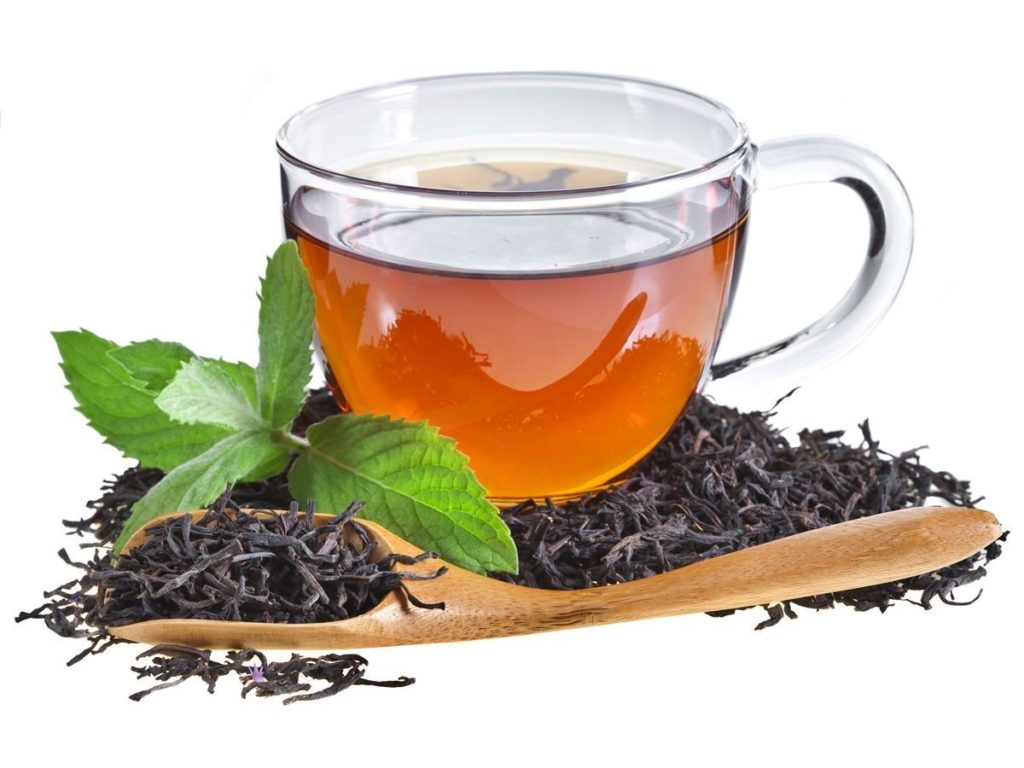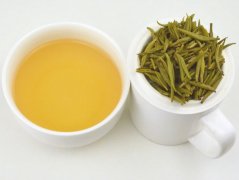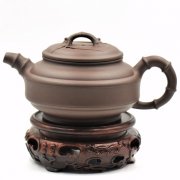Tea was chosen as one of the healthiest and most popular drinks. What are the three most famous teas in the world?
Today, we will turn our attention to the vast camellia world and beyond, a week-long in-depth understanding of tea.
Tea! This is the key to longevity! Especially green tea. In a recent article in the New York Post, Dr. Jason Fung and James DiNicolantonio, authors of Longevity Solutions, argue that red wine, high-salt snacks and green tea are the secrets of longevity.
To reach these conclusions, nephrologist Fung and pharmacologist DiNicolantonio turned their attention to "the region with the longest life expectancy in the world" for clues, including Okinawa, Japan. Their research has come up with some fairly standard "longevity treatments": don't eat large amounts of animal products such as meat, eggs and cheese, or processed foods; eat vegetables and whole grains; and get protein from plant foods, such as nuts and legumes.

But they also put forward some suggestions, which are more than simply "eat the right diet, idiot."
One of the suggestions is green tea, which Fung says "suppresses appetite and slightly boosts metabolism." The article also points out, "some studies have shown that this drink can help prevent cancer."
Many studies around the world have shown that the positive health benefits of caffeine have been widely reported. Fung also advises against milk and sugar when drinking coffee, because it is not advisable.
If your goal is to be healthy, adding milk fat and sugar adds a lot of calories to light sugar, doesn't it?

The doctor also recommends drinking one or two glasses of wine a day. Eating salty food can prolong your life and make your life happier. Because what's the point of living a long life if you eat tasteless food?
You may see Sprague's advice this week, and you may want to consider adding a little tea to your daily drinking ceremony. It is not only a taste world worth exploring with enthusiasm and rigor, just like you drink coffee, it may also help you live longer. And the longer you live, the more coffee you can drink. Think about it. This is a simple math problem.
Important Notice :
前街咖啡 FrontStreet Coffee has moved to new addredd:
FrontStreet Coffee Address: 315,Donghua East Road,GuangZhou
Tel:020 38364473
- Prev

Is yellow tea cool or hot? why is it not popular? Where is yellow tea produced and its characteristics are introduced
Yellow tea can be said to be a method of making tea recently discovered by western tea lovers, although it was well known in China as early as the Tang Dynasty (AD 617-907). Yellow tea is sometimes regarded as a variety of green tea, but it is indeed a unique kind of tea. There are two kinds of yellow tea: live leaf version and bud version, but bud tea is the most precious. Since we visited a small tea factory specializing in yellow tea
- Next

How much does a purple teapot usually cost to buy a real one? How to use boiling water to identify purple sand teapot teaching
The problem with purple clay pots today is that many indicators lack defining criteria. There are many articles on how to distinguish between manual purple sand pots, semi-manual purple sand pots and industrial machinery purple sand pots. This sentence means that if purple sand artists make efforts to make purple sand teapots by hand or semi-handwork, the quality of the purple sand mud used must be at least reasonable in order to be valuable. The quality of purple sand clay is considered to be
Related
- Beginners will see the "Coffee pull flower" guide!
- What is the difference between ice blog purified milk and ordinary milk coffee?
- Why is the Philippines the largest producer of crops in Liberia?
- For coffee extraction, should the fine powder be retained?
- How does extracted espresso fill pressed powder? How much strength does it take to press the powder?
- How to make jasmine cold extract coffee? Is the jasmine + latte good?
- Will this little toy really make the coffee taste better? How does Lily Drip affect coffee extraction?
- Will the action of slapping the filter cup also affect coffee extraction?
- What's the difference between powder-to-water ratio and powder-to-liquid ratio?
- What is the Ethiopian local species? What does it have to do with Heirloom native species?

